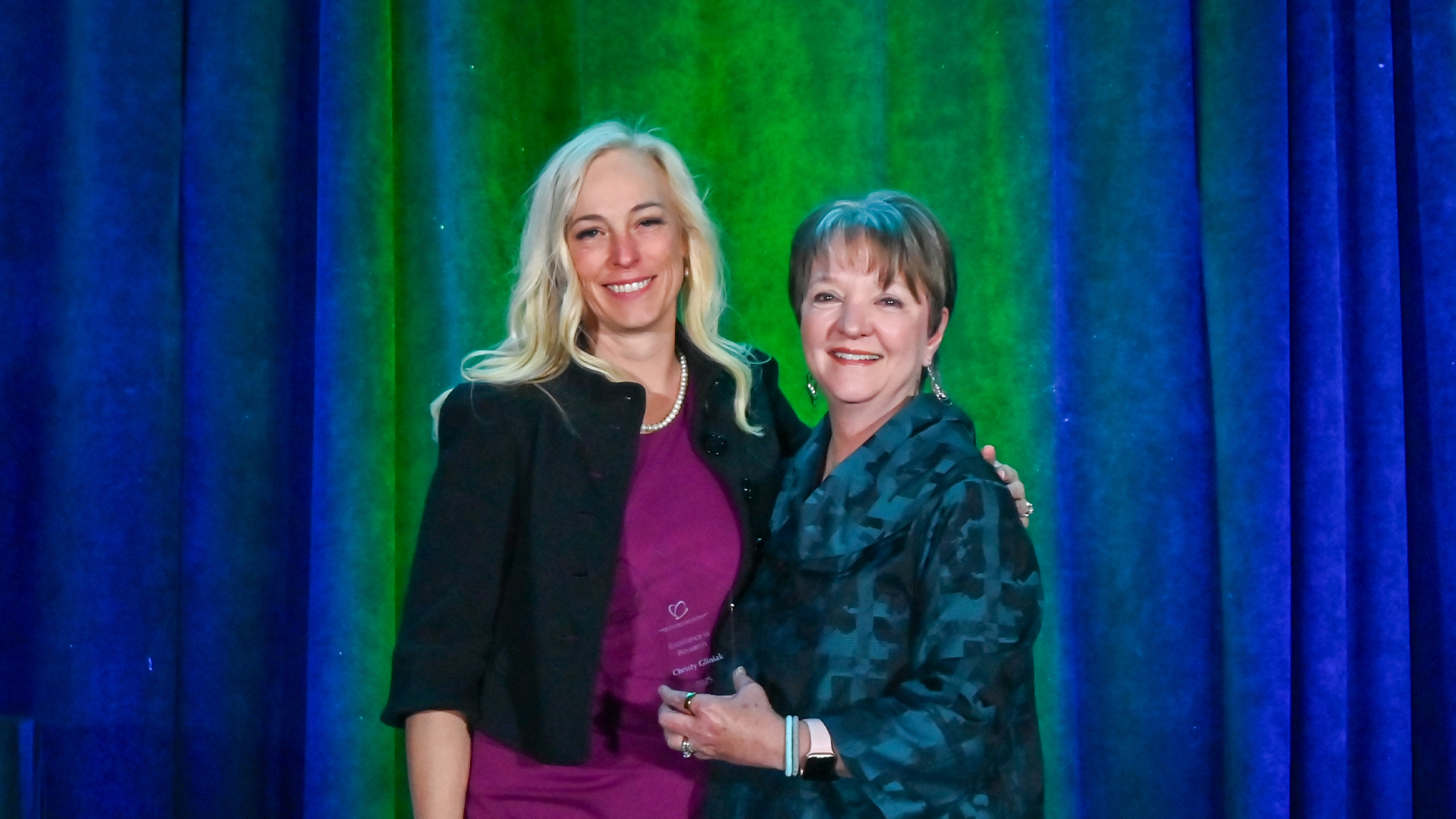Kids need digital literacy skills when faced with distressing media content.
KEY POINTS
- TikTok is kids’ go-to for news about current events, putting them at risk for misinformation and distress.
- Videos activate emotion, create social presence and influence beliefs and attitudes.
- Digital literacy strategies can give kids the necessary skills to manage distressing content.
Social media is the main source of news for over half of Americans, particularly for Gen Z. On TikTok, one-third of users are between ages 10 and 19. These young people are getting information from a platform where professional journalists are overrun by opinionated TikTokers and bots. They are targeted with disinformation that is heavily sensationalized and designed to avoid censors. TikTok algorithms serve up content based on popularity, increasing the chance that the most horrendous content (and therefore the most looked at) will rise to the top. Here are 7 digital literacy strategies to help you balance parental concerns while preparing kids to manage any troubling content.
Images and Videos Are Like “Being There”
With social media as the go-to news source, kids are very likely to see something unsettling, frightening, confusing, or just plain wrong, and they are ill-equipped to handle or make sense of the content without support. Particularly when “citizen journalists” speak to TikTok users in their own language—the truncated, annotated visual videos of TikTok—that adds credibility to their stories and constructs patchworks of meaning out of narrative sound bites of less than a minute.
TikTok videos on the Israel-Hamas conflict have drawn billions of views. They are gruesome, frightening, and visual. Kids find videos compelling because they deliver more information much faster than any other type of data, requiring no cognitive interpretation. TikTok and Instagram videos have spatial context, create a sense of social presence and immersion, amplify emotional reactions, and leave a lasting impression due to their impact on the emotional center of the brain (Ewbank et al., 2009).
TikTok videos of young people sharing their experiences in the middle of rubble and carnage, explosions, armed assaults, and civilian casualties can be incredibly persuasive. The sense of identification and connection felt by a young viewer with a creator using the camera to make virtual eye contact can trigger powerful emotional reactions. The nature of personal digital devices creates a sense of intimacy and even the appeal of voyeurism. Emotional content combined with TikTok’s short-form storytelling make videos that can influence beliefs and attitudes about what is “really going on.”
Emotions, Sharing, and Stress Spirals
Social media is an emotional experience. There has always been misinformation in the media. That isn’t the problem. Sharing it and believing it is the problem. The volume of disinformation related to the Hamas-Israel war is another avenue of assault to create fear and confusion and further undermine trust in media (Associated Press, 2023). From memes to earnest videos, emotional reactions, whether humor, horror, compassion, or outrage, reduce cognitive scrutiny and counter-arguing and increase reactive and impulsive behaviors. The results include the mindless sharing of inaccurate and misleading content without taking the time to question or confirm, increasing uncertainty and fear, increased risk of anxiety, and shifting belief structure that makes the world seem more dangerous. This increases vulnerability to anything compelling that provides explanations that make the world make sense again, like conspiracy theorists, persuasive TikTokers, and other misinformers.
It’s an instinctive part of our survival mechanism to notice potential danger. The brain does not reliably distinguish between virtual and threats, which can heighten distress and fear. This is compounded for kids with no understanding or frame of reference, leaving them afraid that the sky is falling at any moment. Kids often don’t have the maturity, context, or coping strategies to handle the emotional response to graphic violence, much less understand the nature of the conflict, the context, or the potential for misinformation. This does not stop them from being curious and looking, even if it upsets them. Kids are often also afraid to ask parents for help, feeling guilty and fearing disapproval and having their devices taken away.
Prepare Your Kids with Digital Literacy Skills
As much as we hate to admit it, even very young kids are seeing distressing content on social media. I know. Young kids should not be on TikTok, but let’s get real; they are there. Even for teens, however, the violent, graphic content leaves many troubled, and they don’t know where to go or what to do about it. You can help.
- Have open, calm, non-judgmental conversations about media content. This is not a one-and-done. Ideally, this is a continual (and age-appropriate) exchange starting when they first get a device. The worst thing you can do is freak out.
- Focus on building resilience by creating strategies for emotion regulation, such as coming to you or stepping away. If kids are curious about the war, talk about searching skills and source quality, and prepare them to anticipate seeing some gruesome stuff so they aren’t surprised.
- Ask them to show you examples of what they see so you can discuss them (calmly). Actively touch base about violence by asking things like: “You know, some people are really bothered by seeing ______ right now; sometimes those images really stick with you. Have you had that experience?”
- Reinforce critical thinking and the importance of checking the accuracy of information.
- Discuss the issues, such as the Hamas-Israel war, with them (calmly). Let them ask questions and get information from reliable sources so they understand more context.
- Explain how social media algorithms influence what’s in a news feed and suggest options like turning off autoplay or setting restrictions to filter out extreme content.
- Plan a technology-free event or outing to break habitual patterns and provide a reset.
Practice and Learn
We are all hardwired to be curious and to get information when times are scary. This is normal. Unfortunately, we are not hardwired with strategies to protect ourselves when we encounter distressing content. Adults (hopefully) learn over time what patterns and structures work best when it comes to media consumption. Kids, however, still need the foundational strategic skills to understand the digital environment, such as how to check information or why something might be persuasive, before they get into tactics like setting timers, scheduling breaks, blocking or muting people, or avoiding inflammatory sources. We often think that because these kids grew up connected, they know how it all works. They don’t.
Teaching your kids digital literacy skills is invaluable. Don’t fall prey to the promises of easy fixes, like parental blocking software. These approaches are just a form of putting your head in the sand. They do not teach your kids necessary or transferable skills, like what to do when something bad happens, nor do they prevent them from accessing content on other sources, like their friend’s phone. Digital literacy prepares kids to handle themselves, so when TikTok fades, and the next popular platform takes over, they will be ready.
This post is an extension of Finding Media Balance During Violent Conflicts, talking about how it is hard to step away from news during periods of crisis.
Want to keep up with Dr. Pam Rutledge? Sign up for her newsletter: https://drpam.substack.com.
This article also appeared on PsychologyToday.com.
References
Misinformation about the Israel-Hamas war is flooding social media. Here are the facts. AP News. https://apnews.com/article/israel-hamas-gaza-misinformation-fact-check-e58f9ab8696309305c3ea2bfb269258e
Ewbank, M. P., Barnard, P. J., Croucher, C. J., Ramponi, C., & Calder, A. J. (2009). The amygdala response to images with impact. Soc Cogn Affect Neurosci, 4(2), 127-133. https://doi.org/10.1093/scan/nsn048
Join Over 7,500 Fielding Alumni Located Around The World!
Change the world. Start with yours.™






Get Social